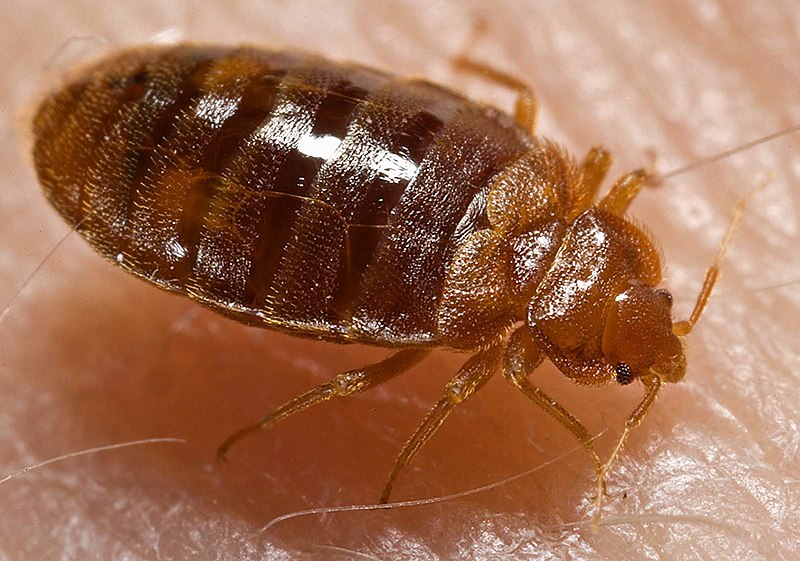
Frogspawn © Frank H. Jump

Wood frog (Lithobates sylvaticus) © Frank H. Jump

© Frank H. Jump
Frogs are a diverse and largely carnivorous group of short-bodied, tailless amphibians composing the order Anura (Ancient Greek an-, without + oura, tail). The oldest fossil “proto-frog” appeared in the early Triassic of Madagascar, but molecular clock dating suggests their origins may extend further back to the Permian, 265 million years ago. – Wikipedia

Dead frog that didn’t survive the winter © Frank H. Jump

Frogspawn © Frank H. Jump
Frogs’ embryos are typically surrounded by several layers of gelatinous material. When several eggs are clumped together, they are collectively known as frogspawn. The jelly provides support and protection while allowing the passage of oxygen,carbon dioxide and ammonia. It absorbs moisture and swells on contact with water. After fertilization, the innermost portion liquifies to allow free movement of the developing embryo. In certain species, such as the Northern red-legged frog (Rana aurora) and the wood frog (Rana sylvatica), symbiotic unicellular green algae are present in the gelatinous material. It is thought that these may benefit the developing larvae by providing them with extra oxygen through photosynthesis. – Wikipedia

© Wikipedia Commons




































